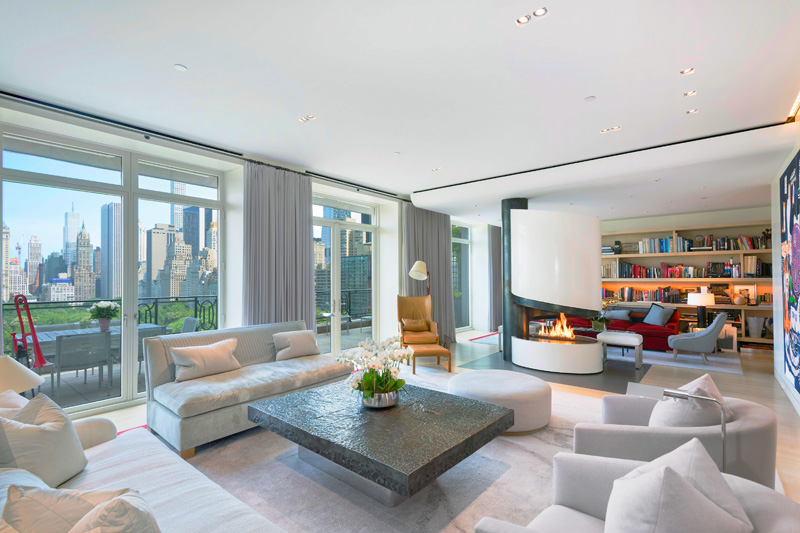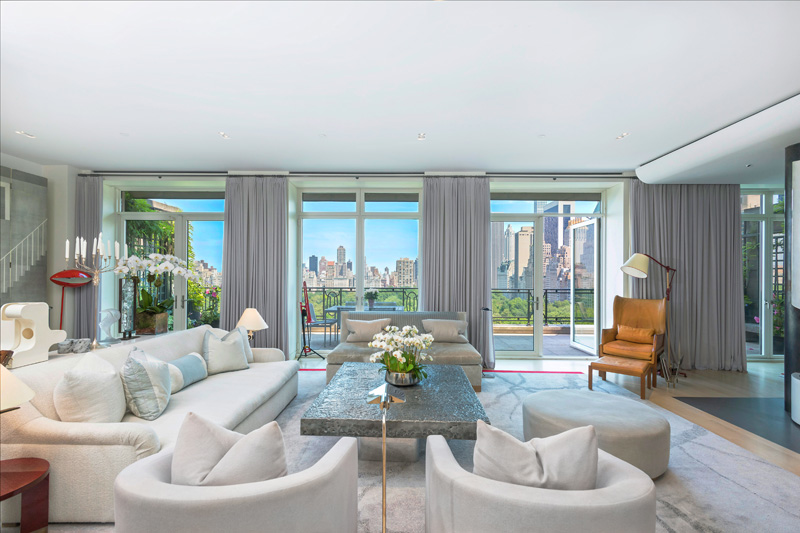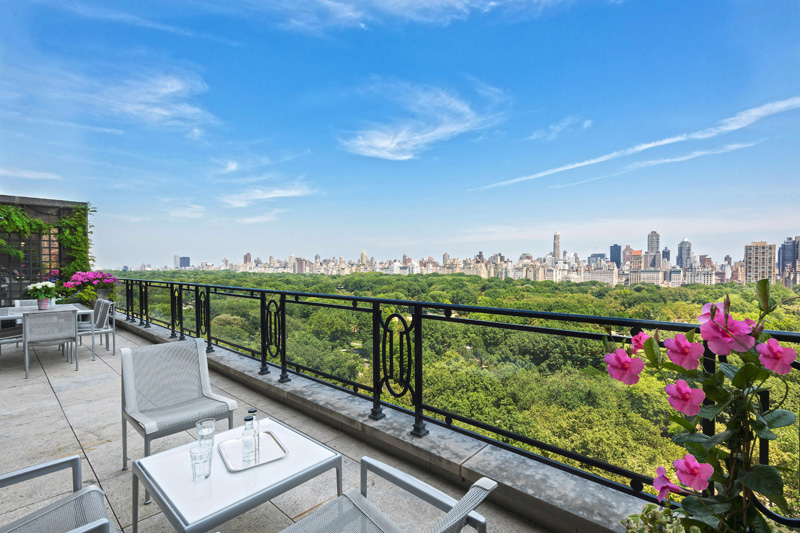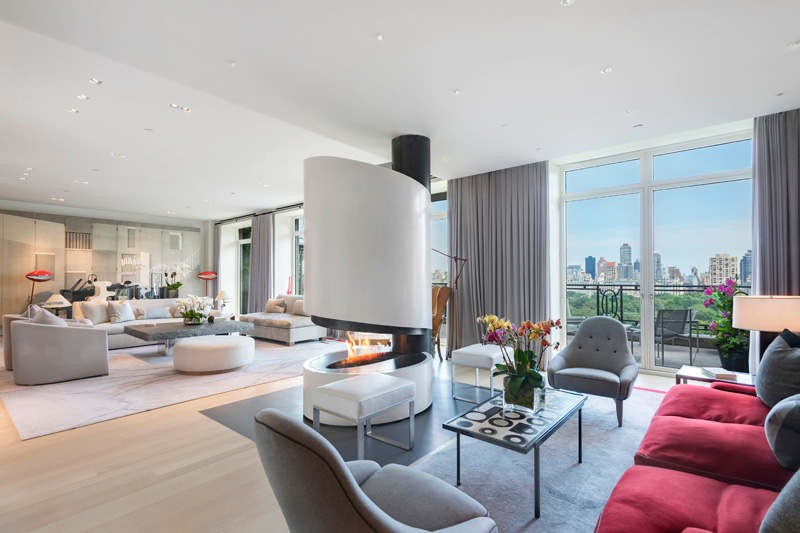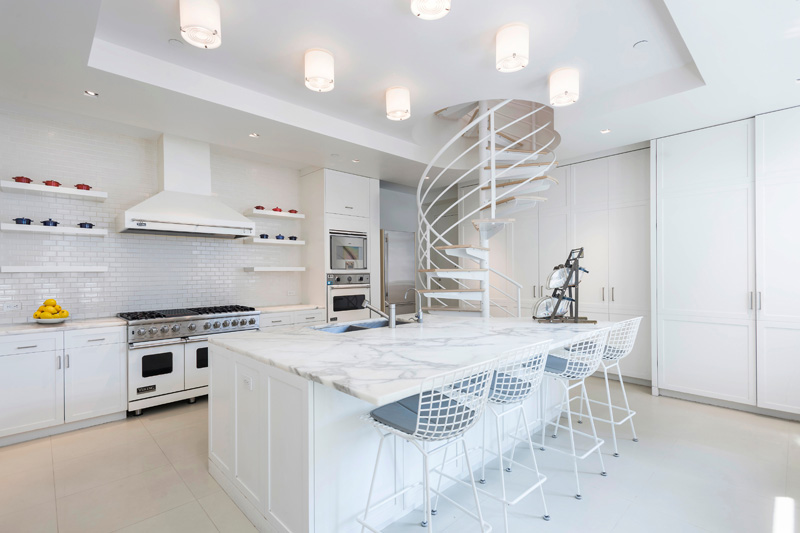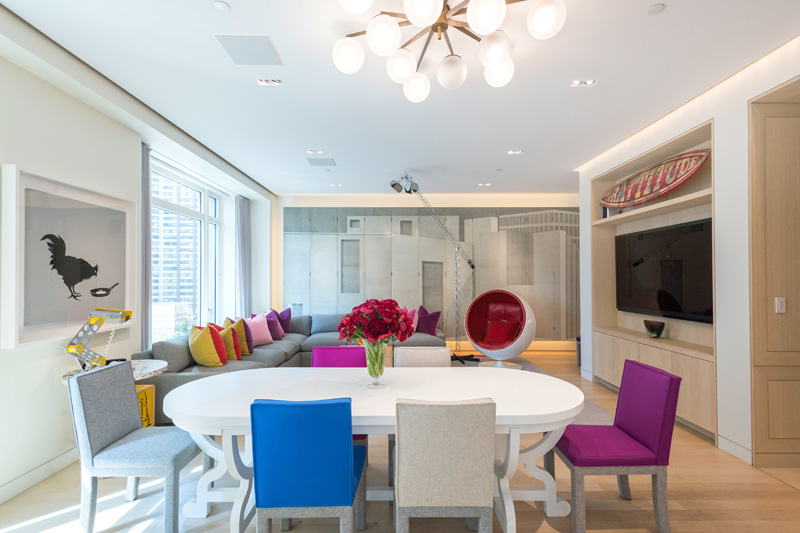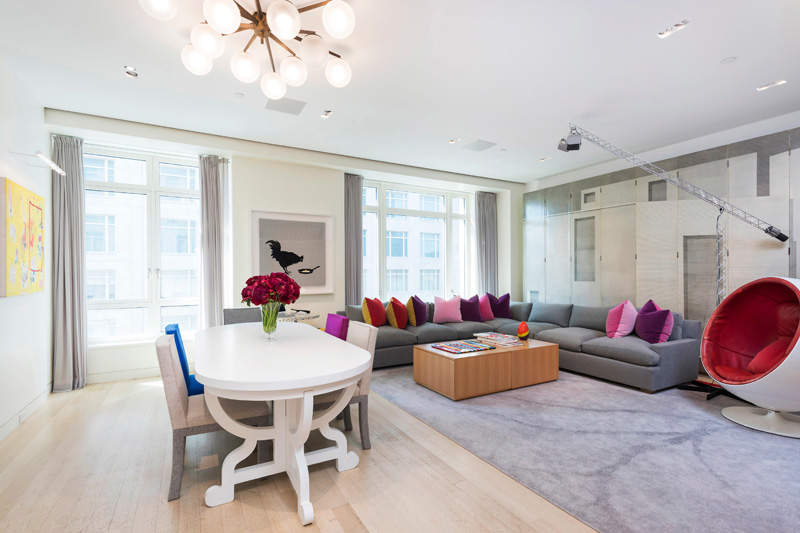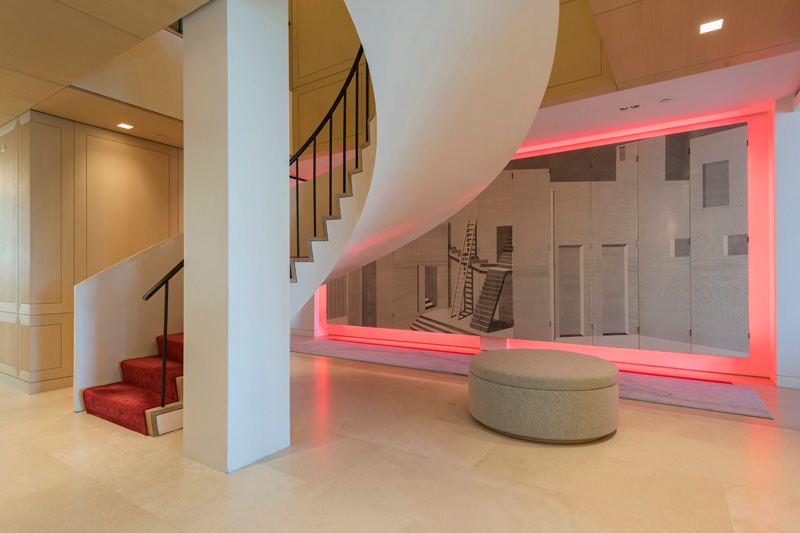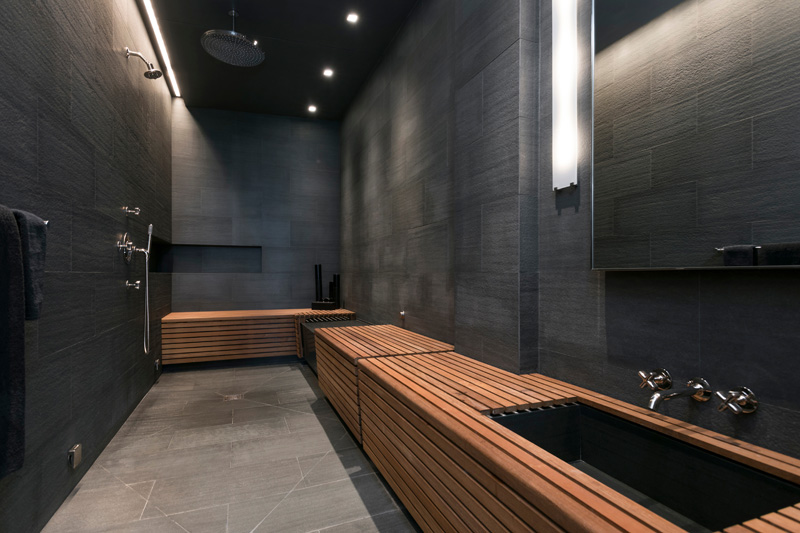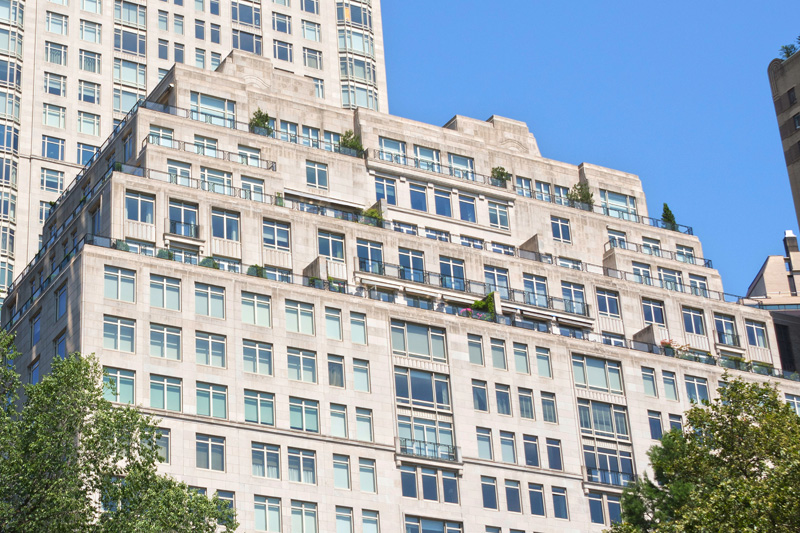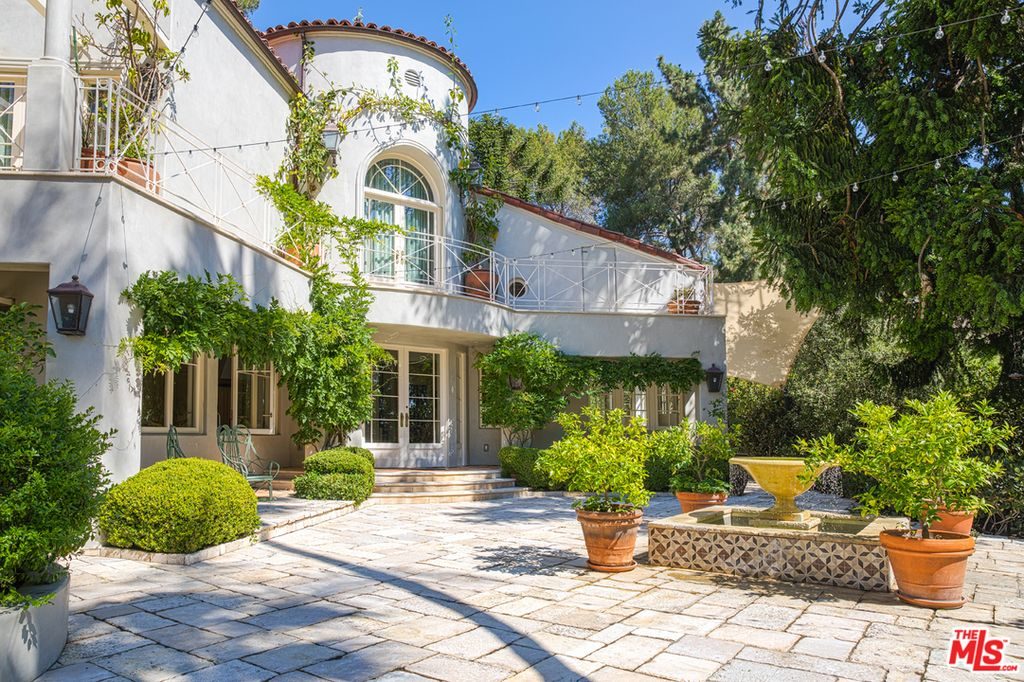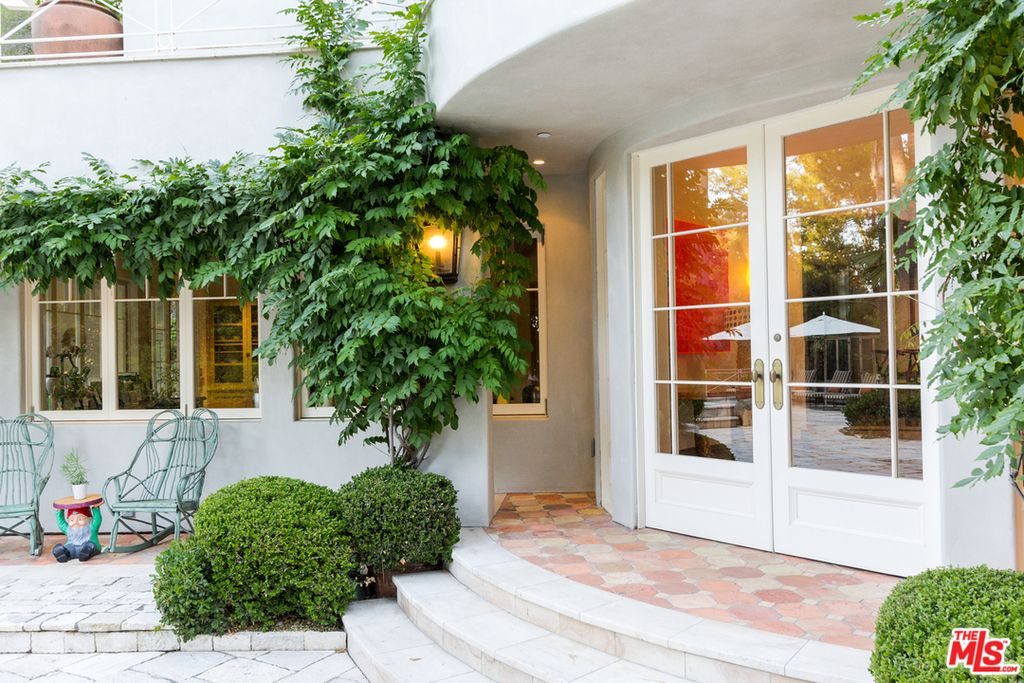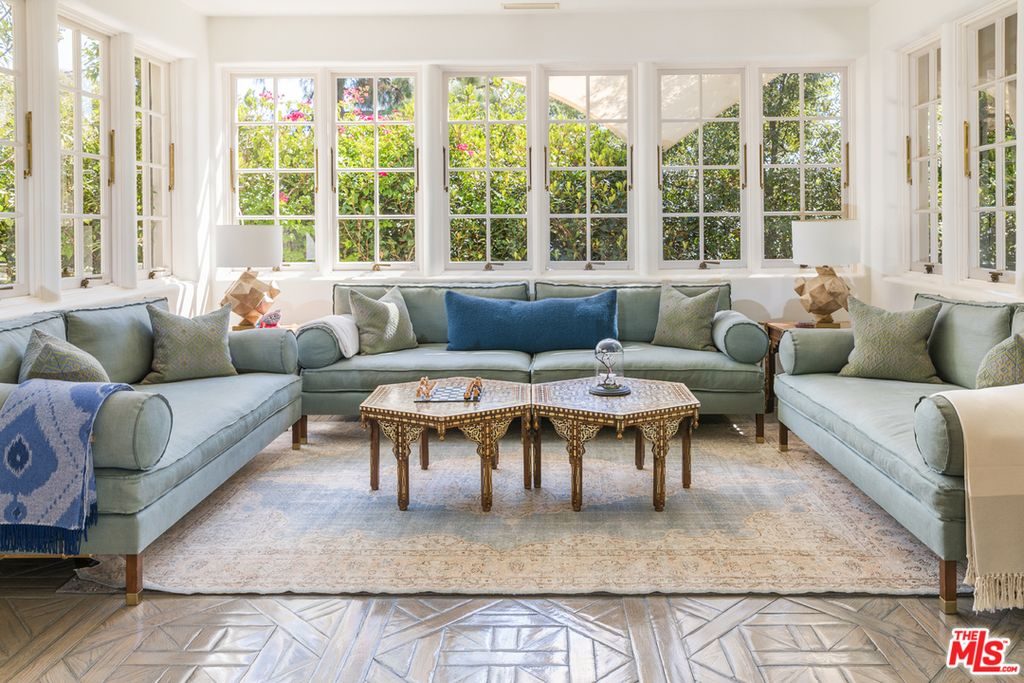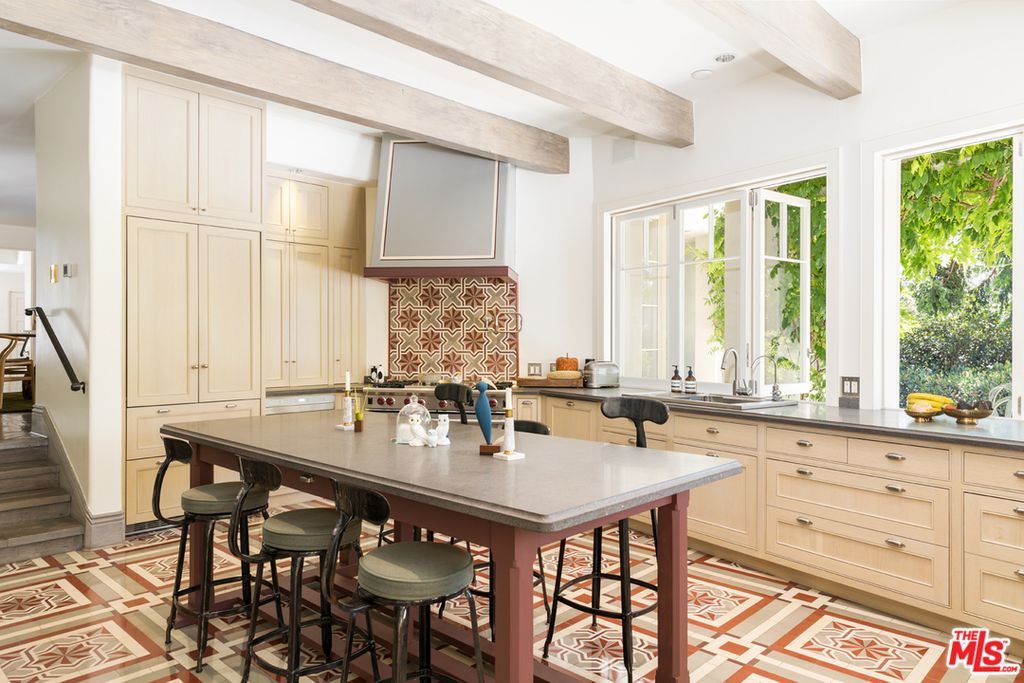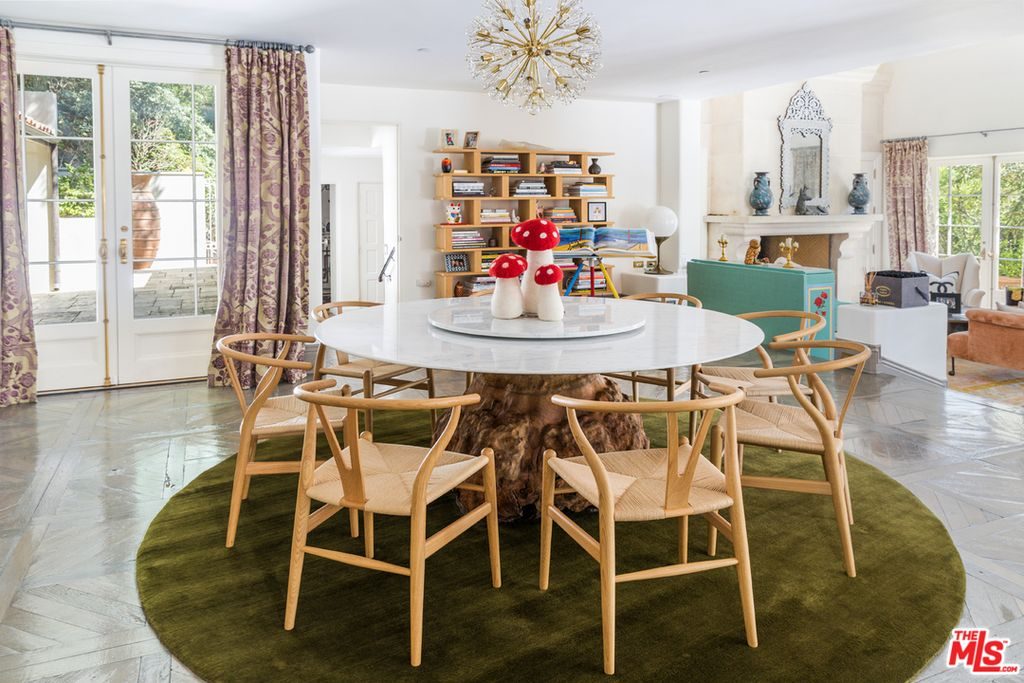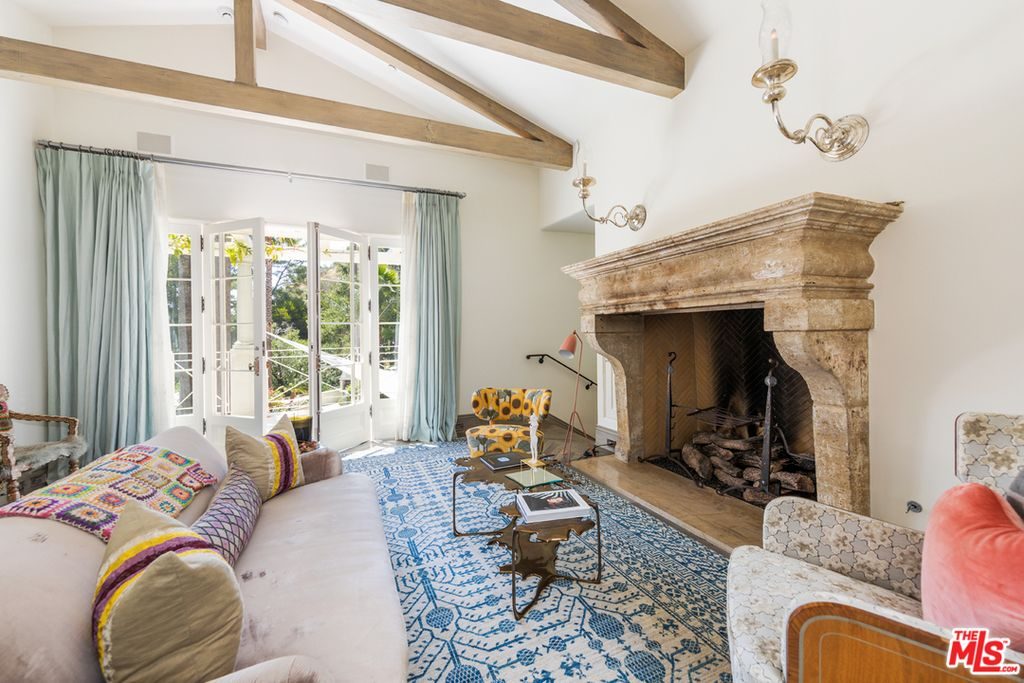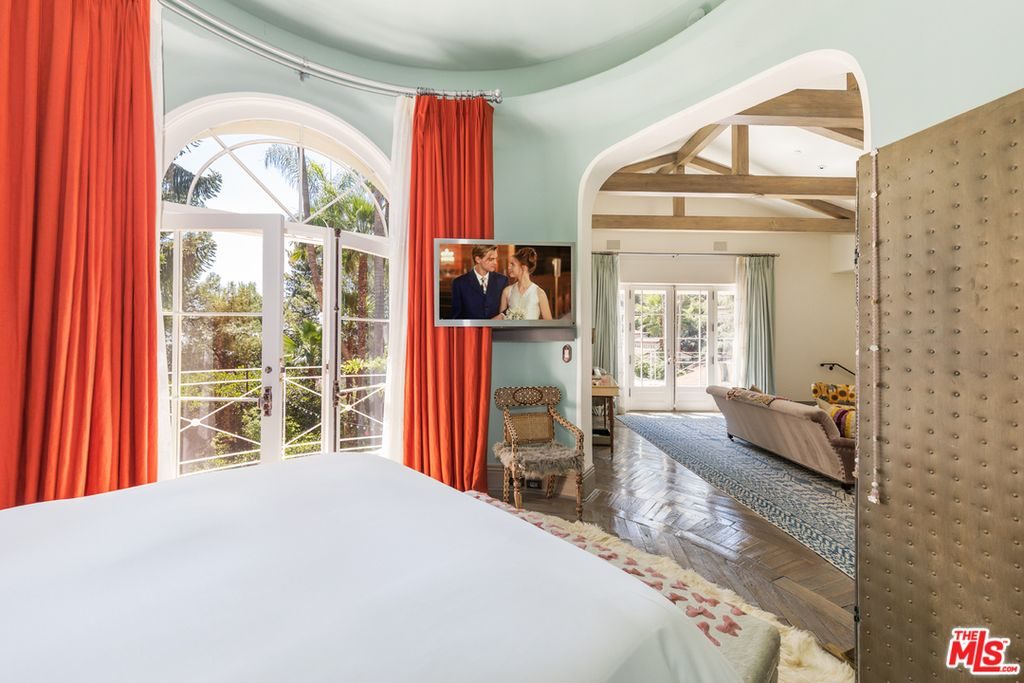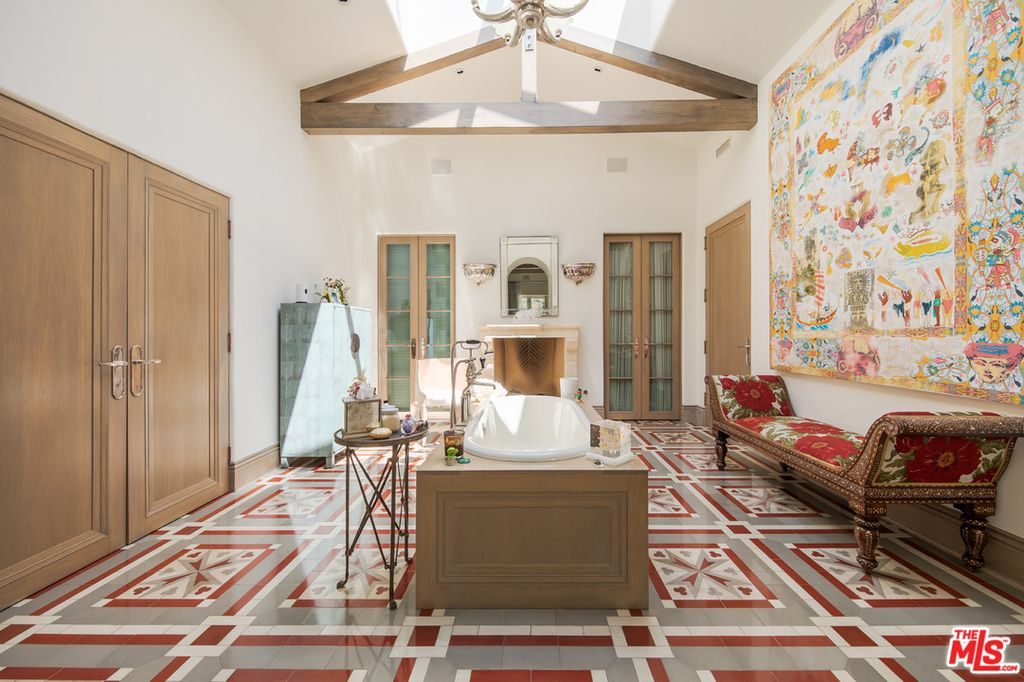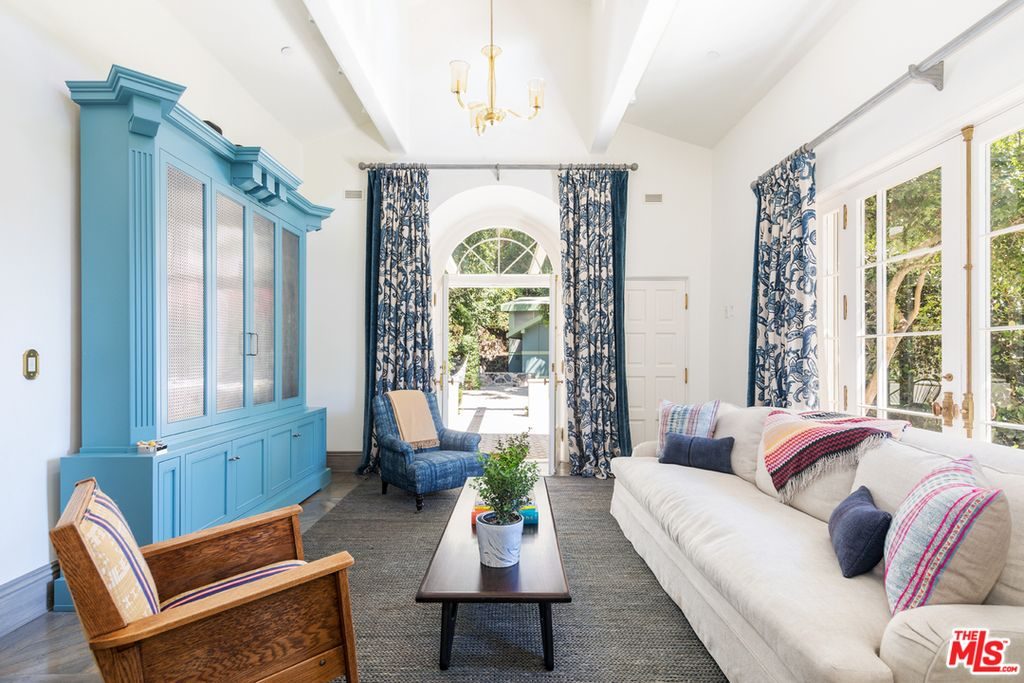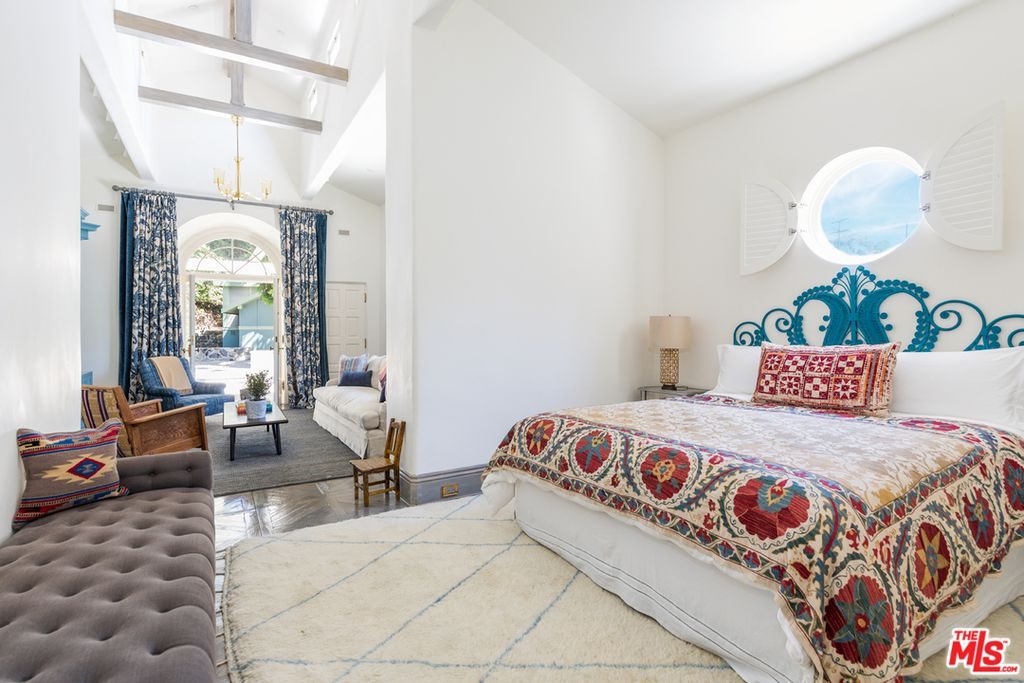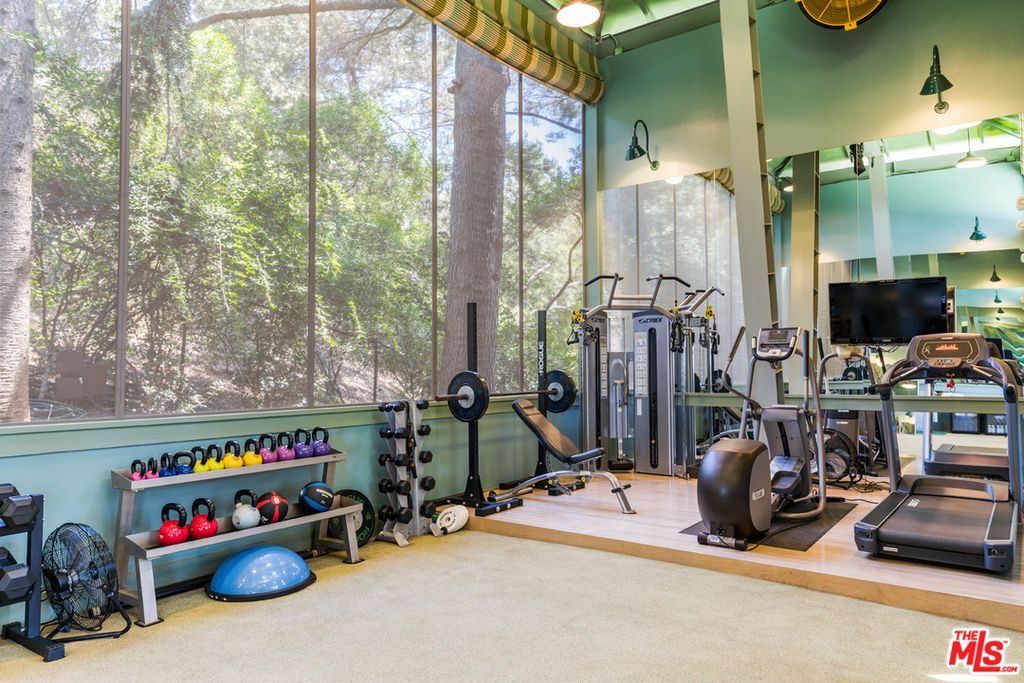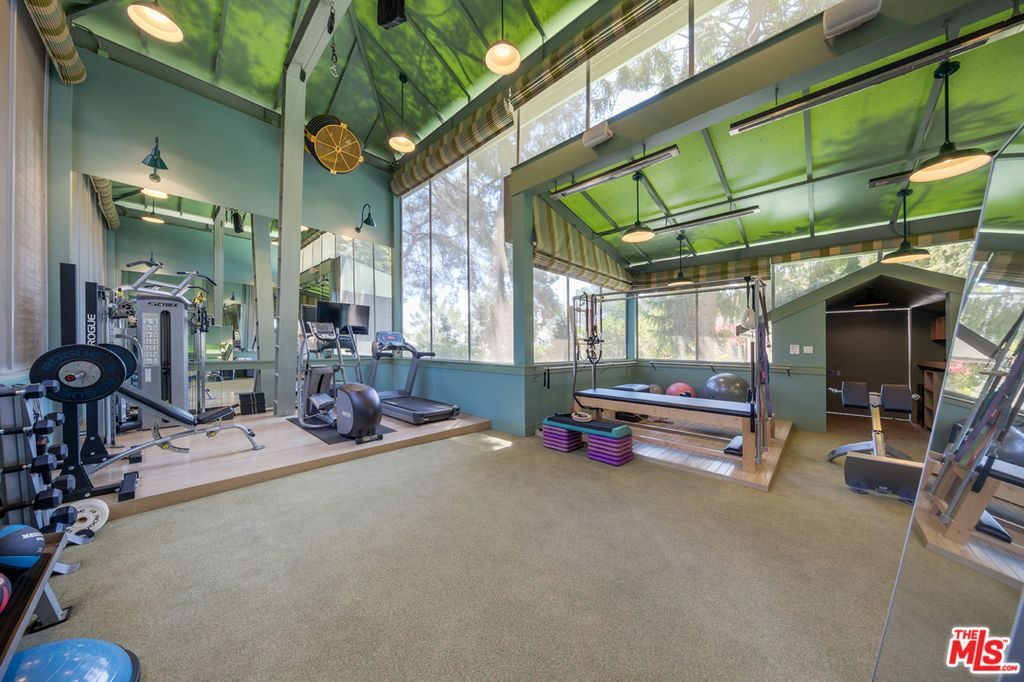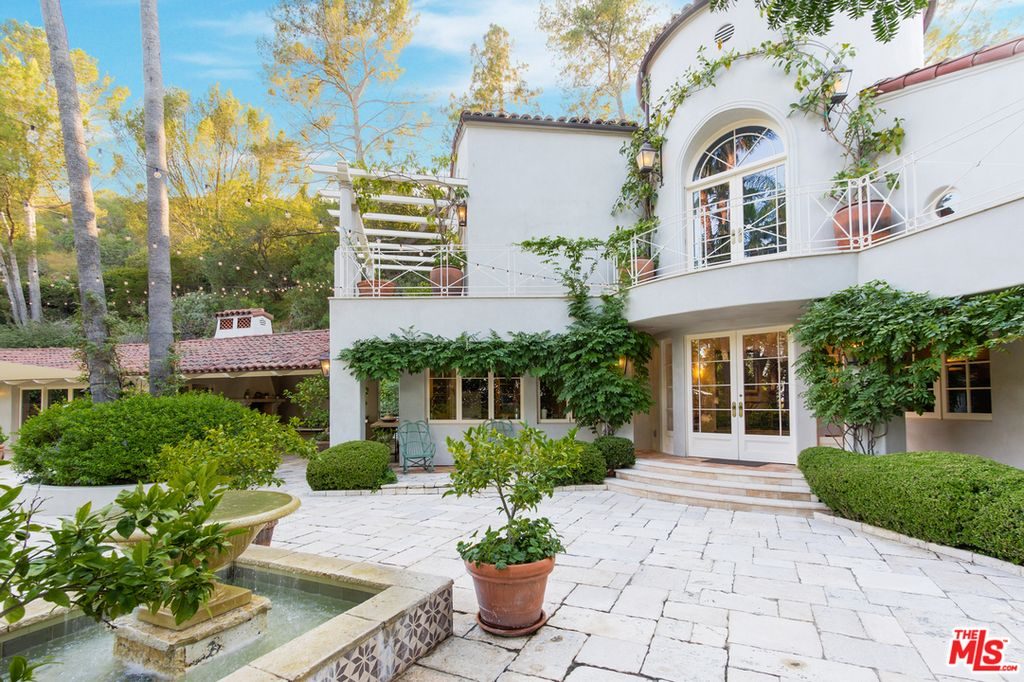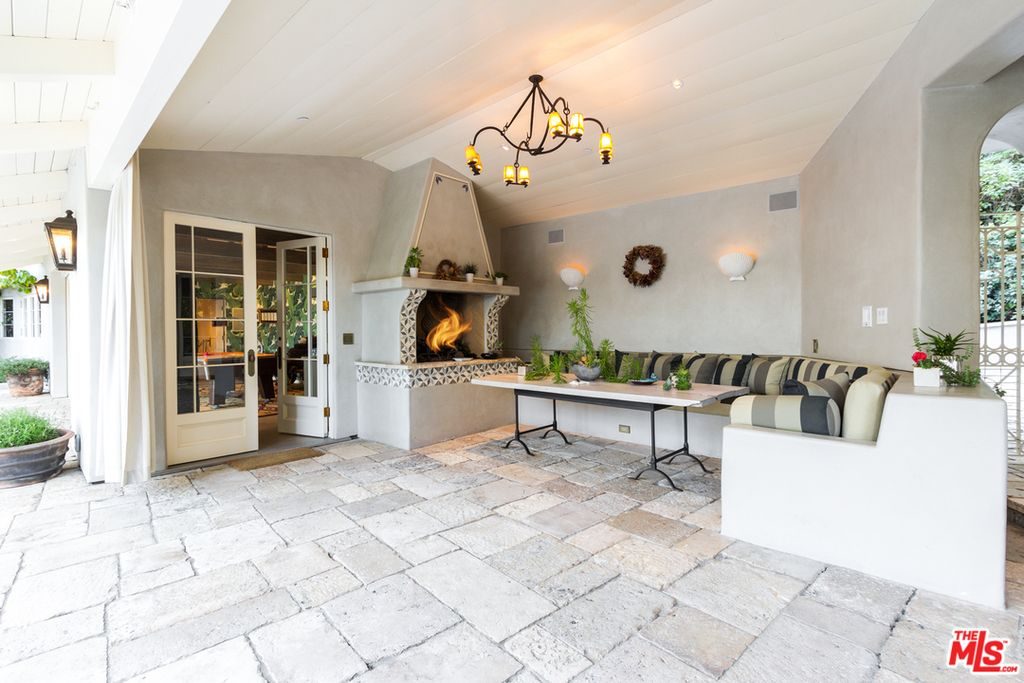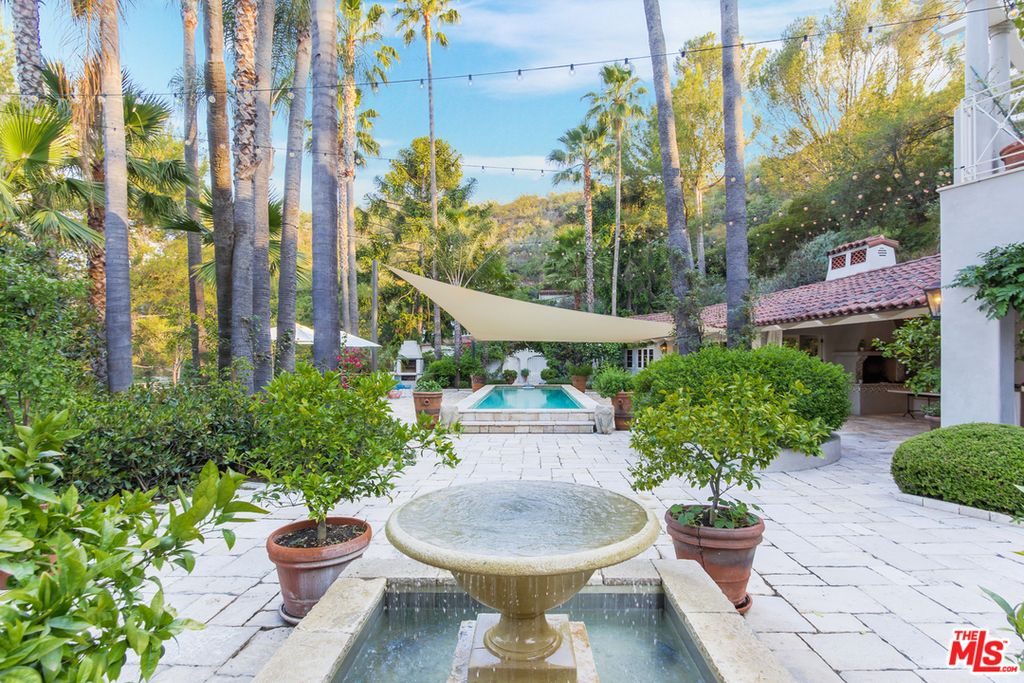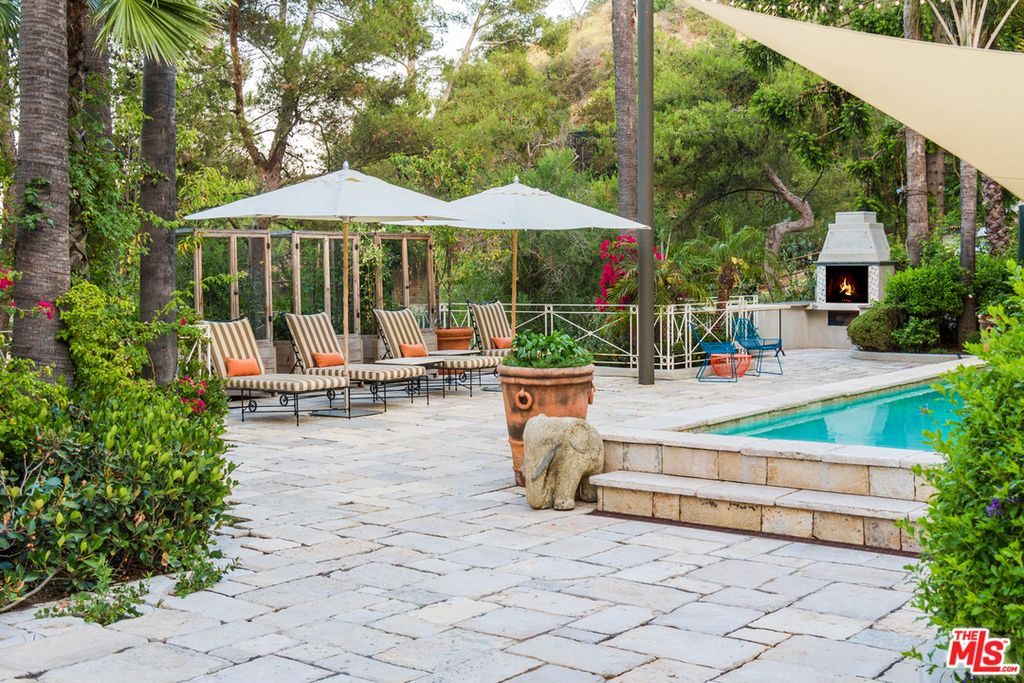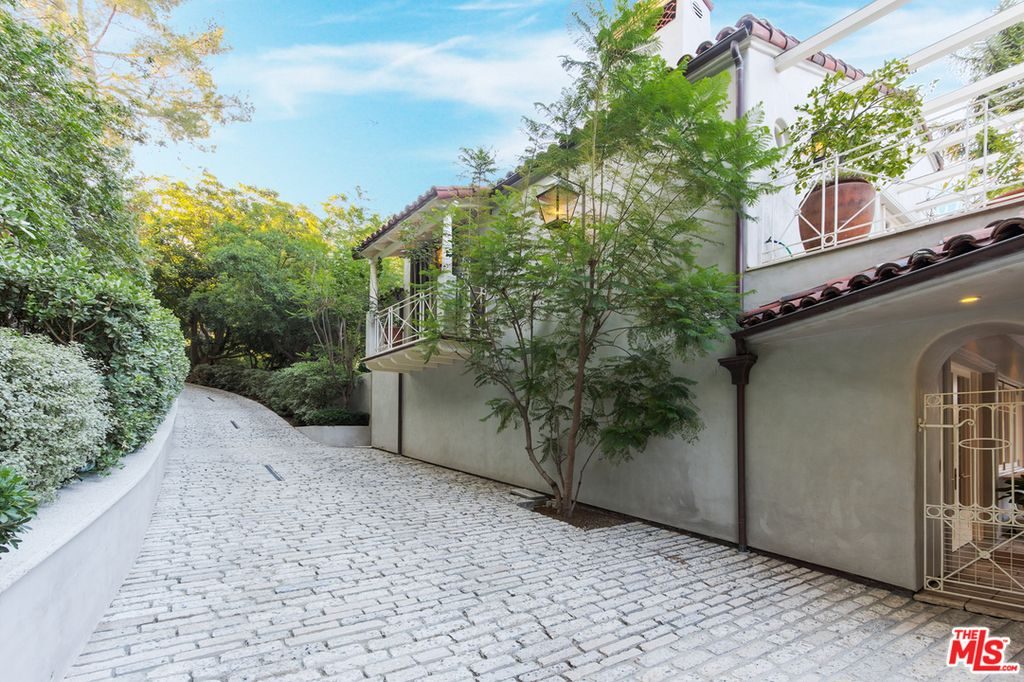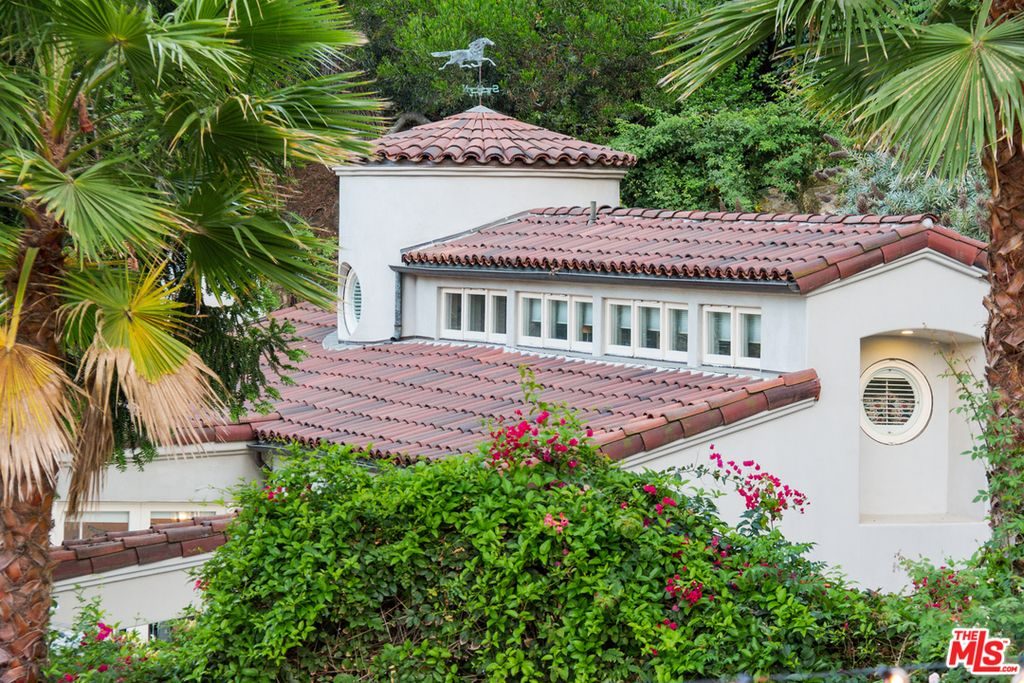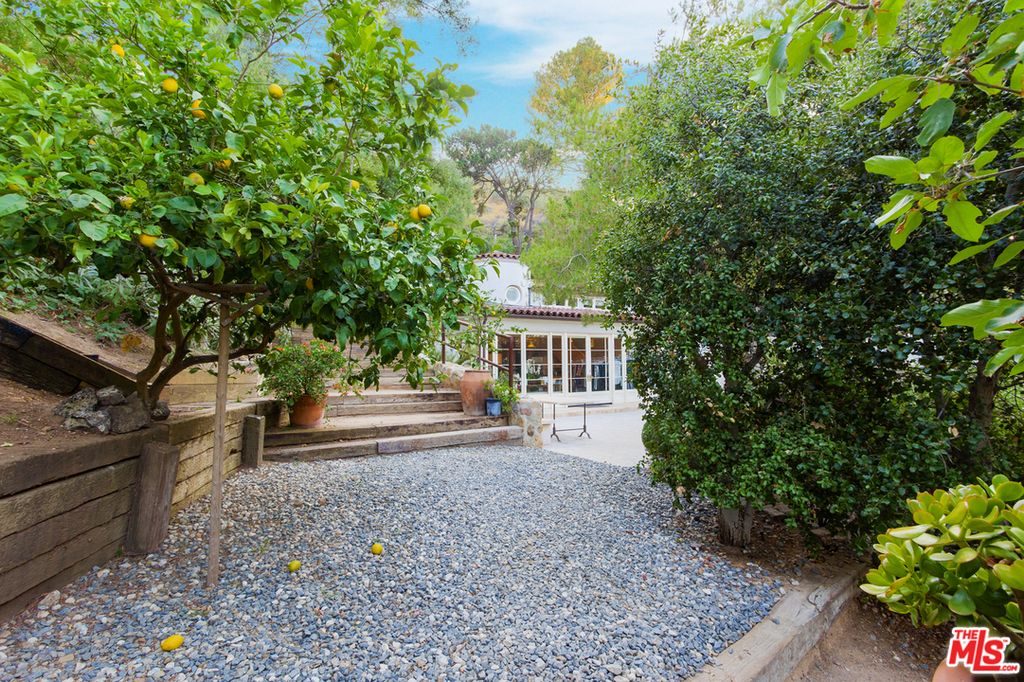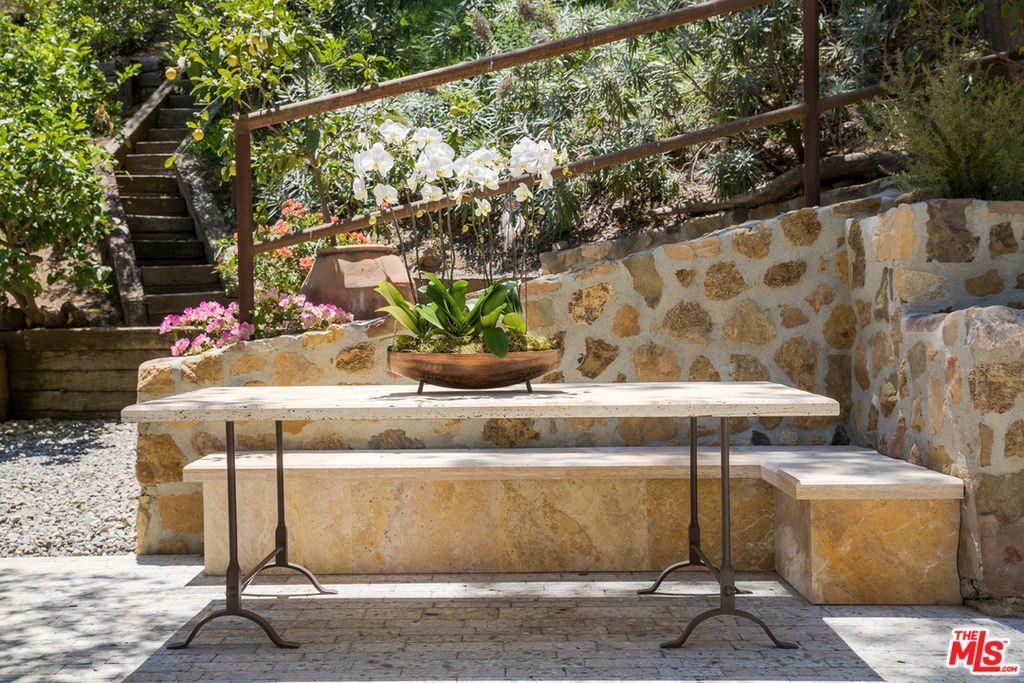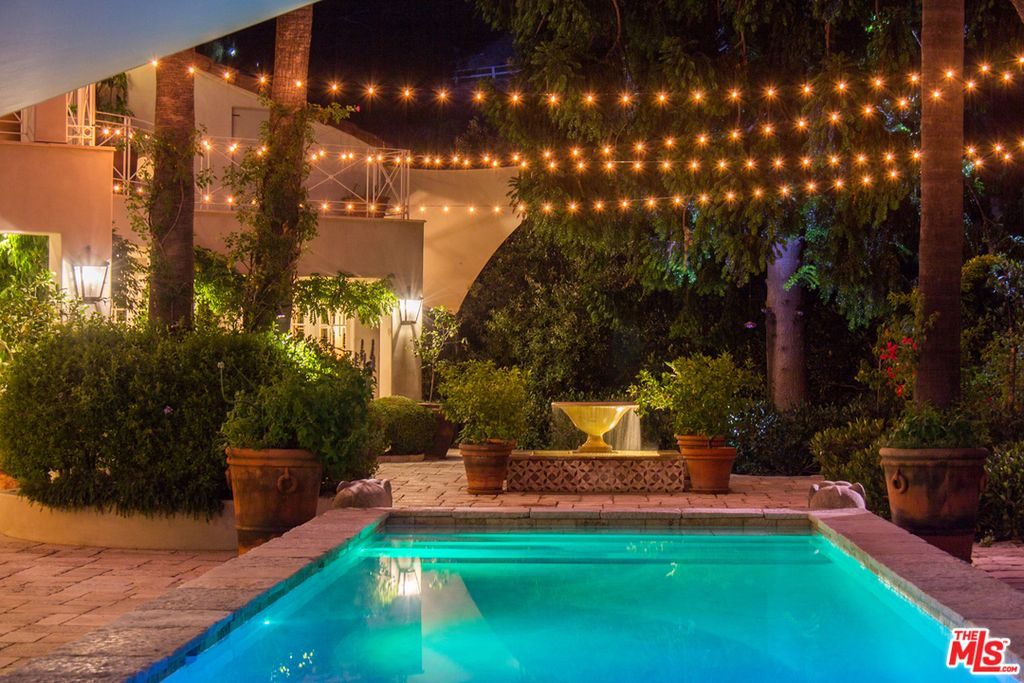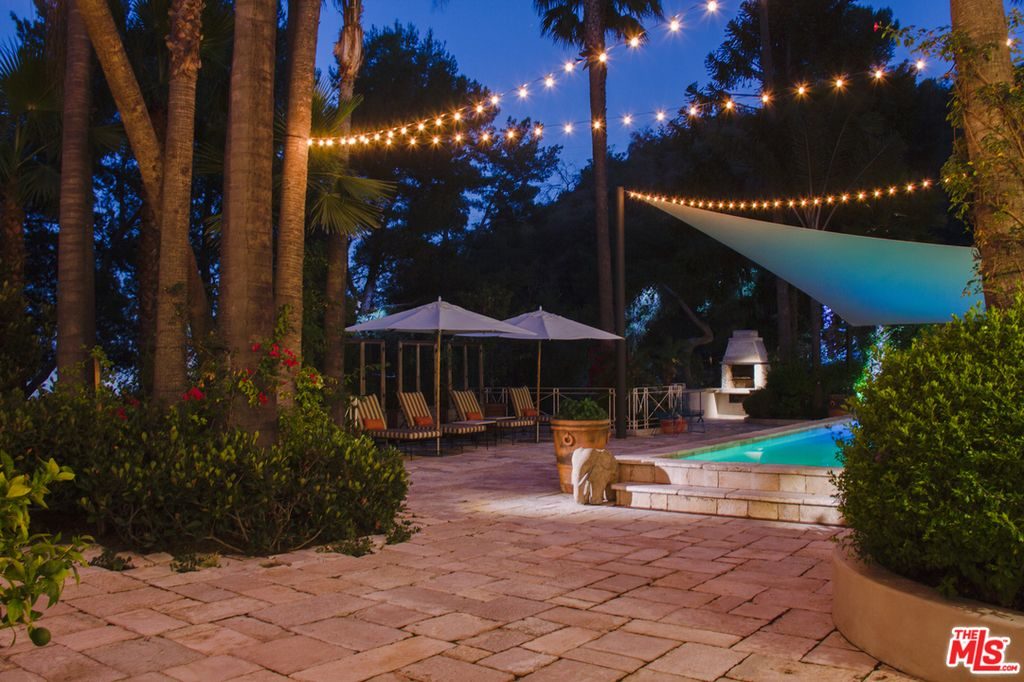For the majority of Americans, regardless of race or ethnicity, owning a home is a major goal. According to the first Zillow Housing Aspirations Report, 63 percent of whites, 63 percent of blacks and 73 percent of Hispanics believe owning a home is necessary to live the American Dream. But although they share the same dreams as whites, for blacks and Hispanics getting into a home remains as challenging as ever-in part due to financial challenges and decades of discrimination.
Historically Denied
Historically, the homeownership rate among people of color has lagged behind the homeownership rate among white Americans, in part because of institutional barriers to entry. Until the late 1960s, federal government-backed subsidies-many of them funded through the Federal Housing Administration (FHA)-were off limits to people of color. The FHA, which was established to help people remain in their homes during the Great Depression, began to promote homeownership during the years after World War II.
And the lagging homeownership rate wasn’t just the result of one program. There were others created to boost homeownership that resulted in similar outcomes for people of color. Black military veterans, for example, weren’t able to borrow money through the GI Bill to purchase homes.
Middle- and lower-income whites benefited most from federal government programs, including low-cost mortgages and subsidies for home builders to construct affordable homes in racially-segregated communities.
Even today, minorities still face more hurdles, similar to the ones they experienced in the past. When blacks and Hispanics try to secure FHA loans, they’re denied about twice as often than their white peers-denials which can sometimes be linked to injustices endured outside of housing. It shouldn’t come as a surprise, then, that fewer blacks and Hispanics apply for these programs.
But for those who do, “far fewer actually get accepted, and the groups that are highly at a loss are black potential homeowners and Hispanic potential homeowners,” said Zillow Chief Economist Dr. Svenja Gudell.
The Consequences
“Housing segregation has not been something that has been quickly changed due to personal prejudice,” said Dedrick Asante-Muhammad, director of the Racial Wealth Divide Initiative at Prosperity Now.
Yesterday’s outright discriminatory policies helped keep minority homeownership low and largely limited to less-advantaged areas. And today, those disparities persist. The Zillow Group Consumer Housing Trend Report 2017 revealed that although they each account for 13 percent of all U.S. households, blacks and Hispanics only account for 8 percent and 9 percent of U.S. homeowners.
Dedrick Asante-Muhammad, director of the Racial Wealth Divide Initiative at Prosperity Now, said low homeownership rates is connected to other disparities.
“African-Americans, in particular, still faced the income wealth disparity, legal segregation, legal job discrimination,” he said. “That continued on through the creation of the American middle class, which limited African-American participation as it pertains to homeownership.”
“Housing segregation has not been something that has been quickly changed due to personal prejudice,” he said. That’s especially true when it comes to those same FHA loans-it’s not just a problem of the past.
Discrimination Still Exists
While Asante-Muhammad says outright legal discrimination has since been outlawed, we’re still seeing the repercussions of the country’s historic discriminatory practices.
“In the 21st century, I think we’re looking more at the issue of the results of housing discrimination and discrimination as a whole,” he said. That discrimination, he added, leads to strong racial economic inequality, which, in turn, makes it harder for people of color to move into more expensive neighborhoods.
Part of the problem, he said, is there’s still market discrimination against homes in black communities.
“A home in a predominantly black neighborhood and the exact same home in a predominantly white neighborhood will have less value because it has less market appeal because people don’t want to live in neighborhoods with black populations somewhere above 20 percent,” he said.
Asante-Muhammad argues some of the discrepancies can be attributed to racial and personal animosity keeping people of color out of higher-valued neighborhoods. But the gap could also be due in part to high negative equity rates-the share of homeowners who owe more on their home than it’s worth-in largely minority communities. When a homeowner is in negative equity, it can be very difficult, if not impossible, to sell their home at all, let alone for a profit they can then use to help buy a different home in another neighborhood.
In black and Hispanic communities, home values fell farther than in white communities, and haven’t been able to fully bounce back from the recession.
Less Money, More Problems
“In terms of closing the gap of white and black homeownership, we’re not moving,” Zillow Chief Economist Dr. Svenja Gudell said.
While minority buyers are trying to enter the housing market, it’s made increasingly difficult due to their lack of wealth.
Gudell said wealth-building in predominantly black communities is hard because of yesterday’s inequalities. It’s actually impossible to point to one single event that led to gaps in wealth for minorities since there have been decades of inequality. Gudell says it’s a compounding effect and something that we “haven’t been able to figure out how to fix it yet.”
“In terms of closing the gap of white and black homeownership, we’re not moving,” Gudell said. “If you look at white homeownership, it’s increasing, while black homeownership is falling.”
Asante-Muhammad echoed those concerns.
“Wealth inequality … reinforces what had been maintained by law and by personal prejudice in the past,” he said. And that lack of wealth is only exacerbated when it comes to home buying.
“So, let’s say you’re getting a $200,000 house and want to put a 10 percent down payment, that’s $20,000. That’s much higher than the median wealth of blacks and Latinos,” he said. A 10 percent down payment is already outside the traditional norm. Typically, a down payment is 20 percent of the home’s value, so $40,000 for that same $200,000 home.
But even if these would-be buyers took advantage of some of the systems in place to help address some of these issues-including utilizing an FHA-backed loan which allows borrowers to make a down payment as low as 3.5 percent-it’s often still not enough.
Asante-Muhammad said even if these buyers got an FHA loan on a $200,000 home-the median-valued home nationwide-the down payment would still be beyond the wealth of most blacks and Latinos. For that $200,000 home, a 3.5 percent down payment would equate to $7,000-or roughly 68.5 times the wealth of African-Americans and 58.5 times Hispanic wealth.
And their wealth today is much less than it was even 10 years ago, when black and Hispanic wealth was $10,400 and $10,200, respectively.
“If things keep going the way they’ve been going, in 2053, the African-American median wealth will be zero,” Asante-Muhammad said.
And that lack of wealth has big repercussions for the future.
“I hope things will get better, but I don’t think the gap will close anytime soon,” Gudell said. “These are such big problems that you can’t just have a quick fix for them but my hope is that we would have equality and balance in the future.”
Related:
from Zillow Porchlight
https://www.zillow.com/blog/historic-racial-injustices-housing-221898/
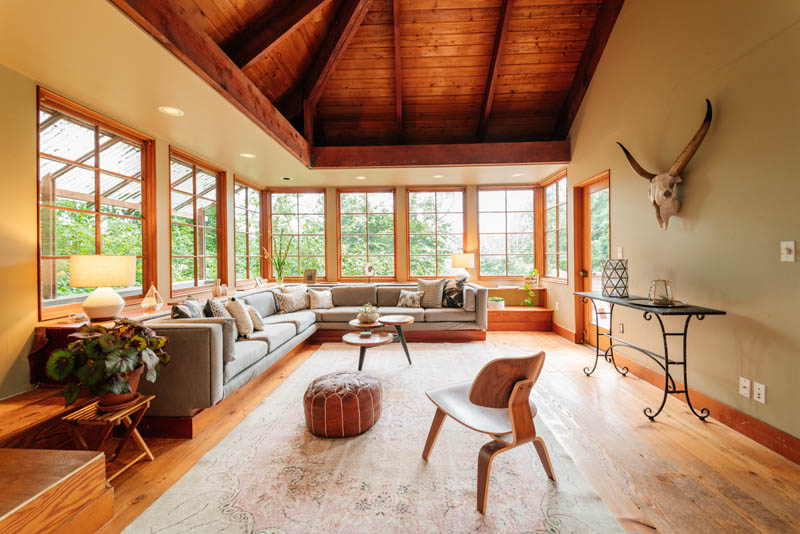
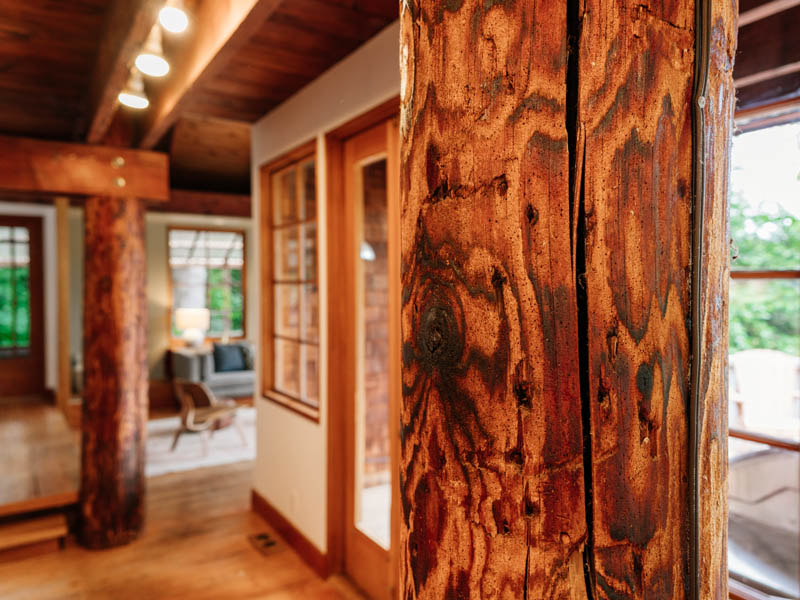
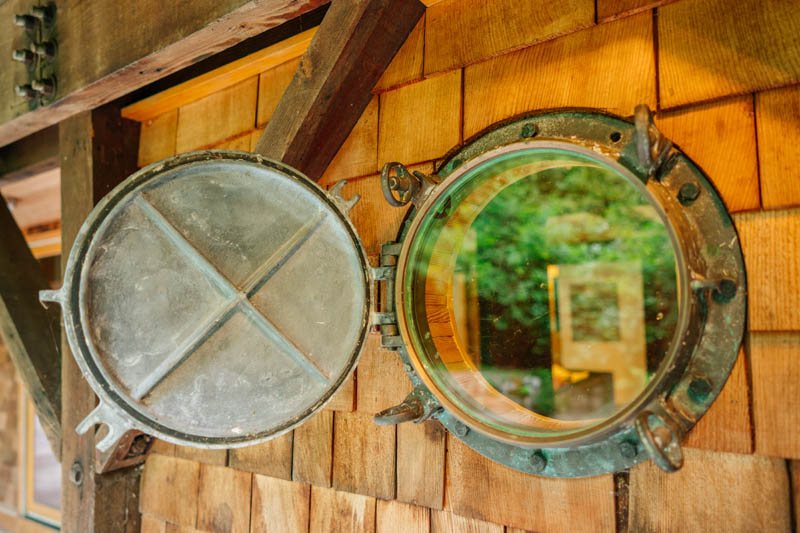
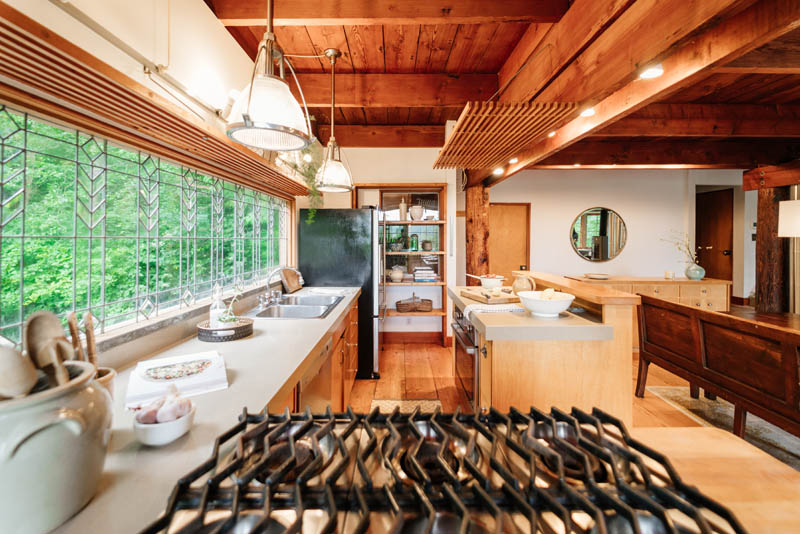
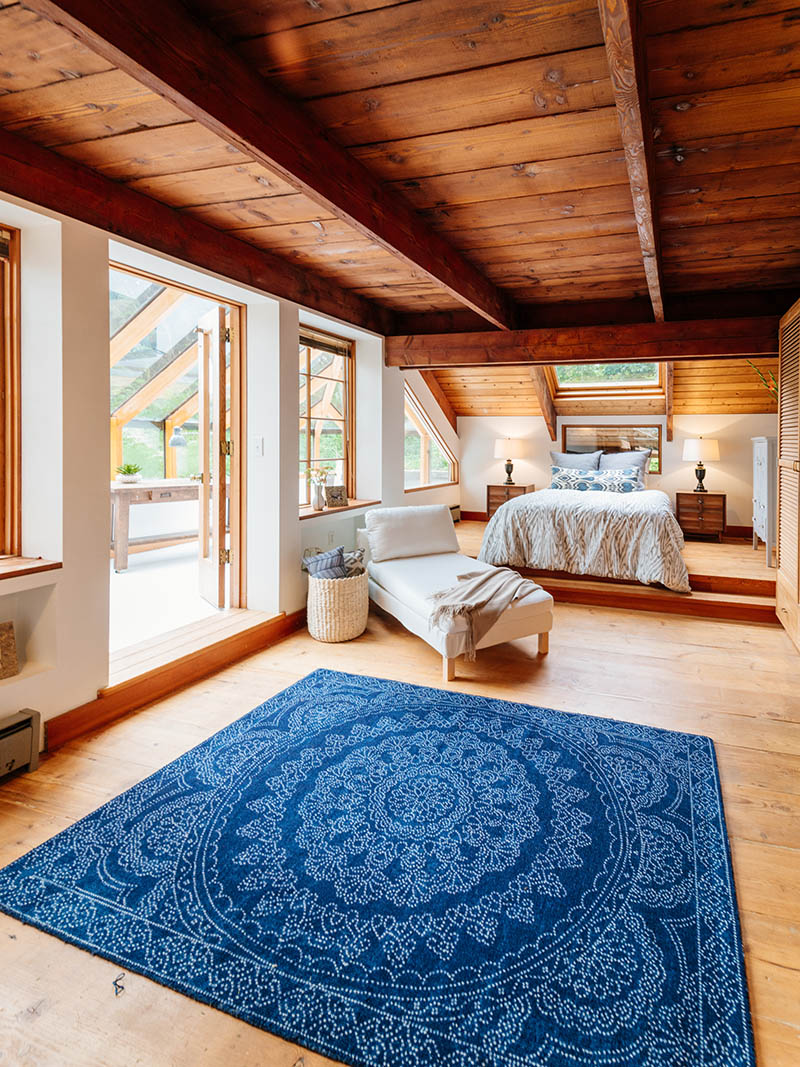
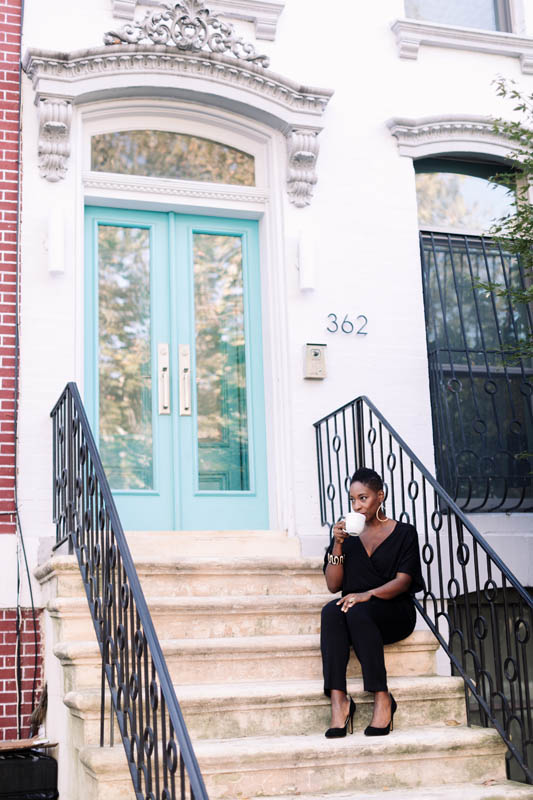
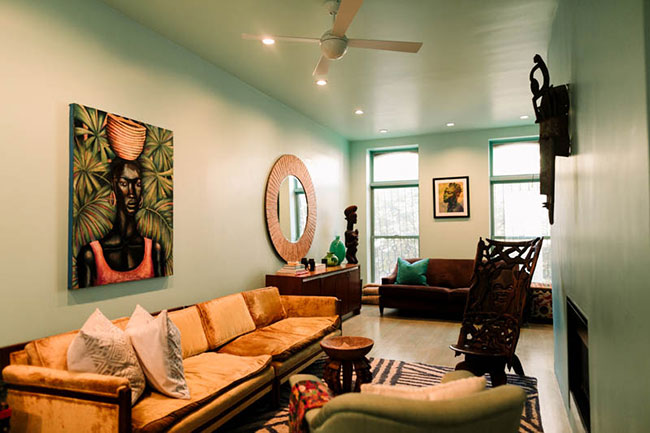
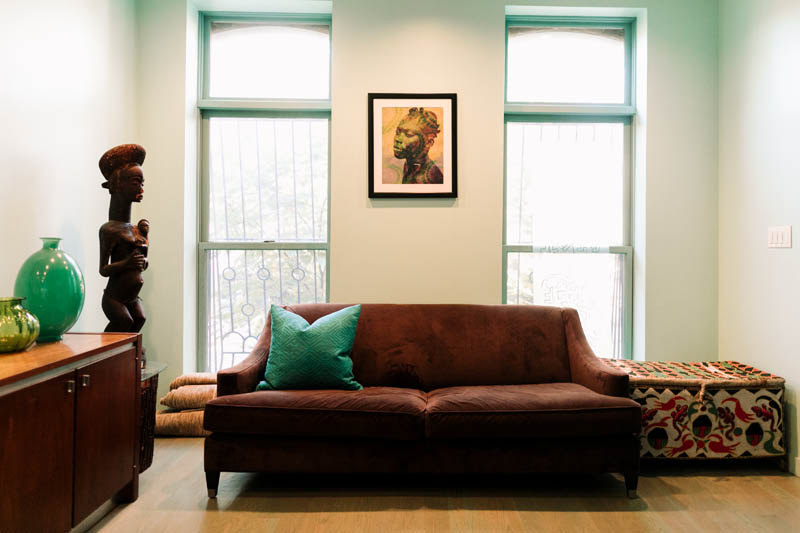
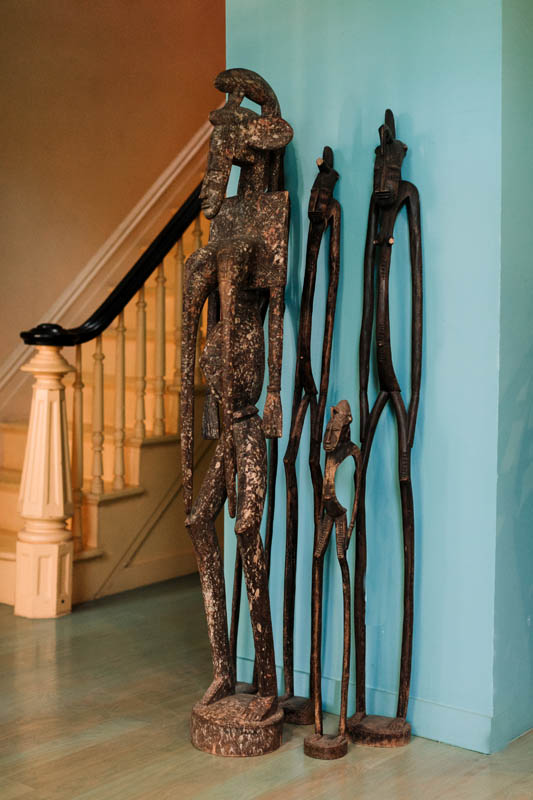

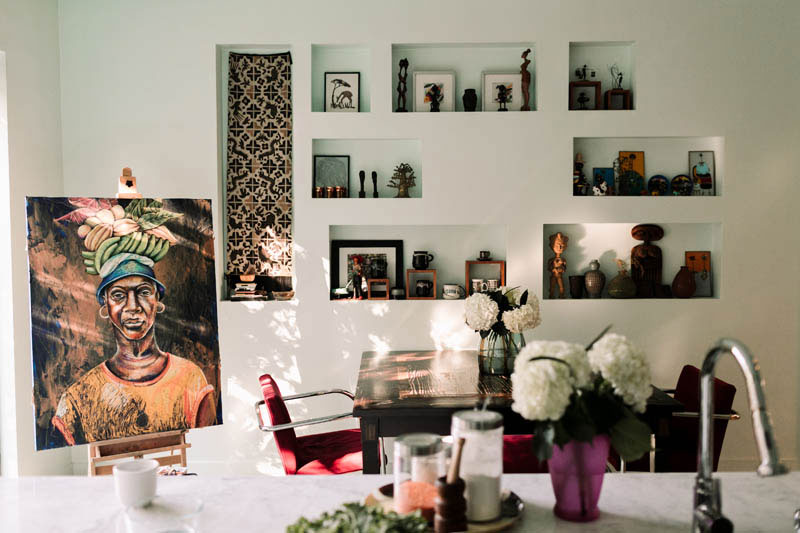
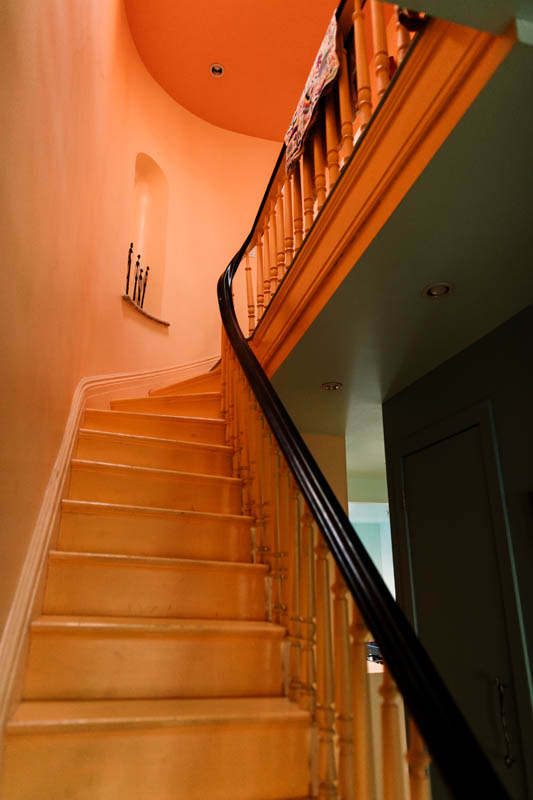
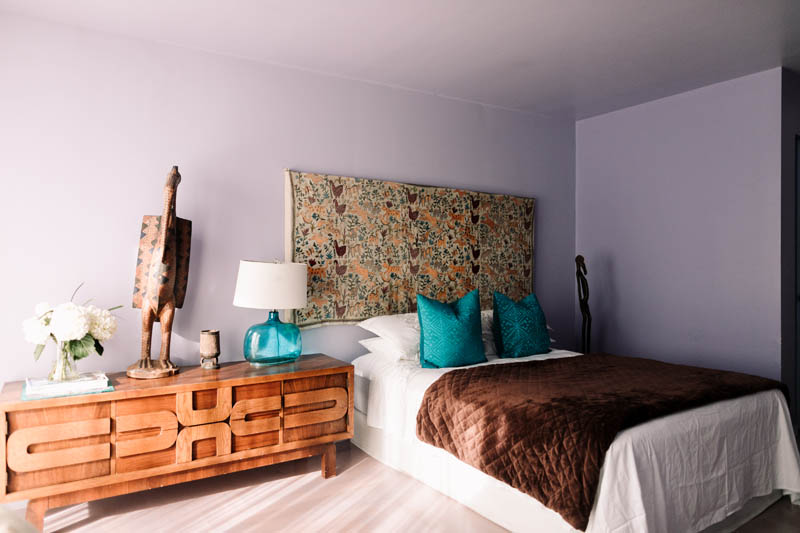
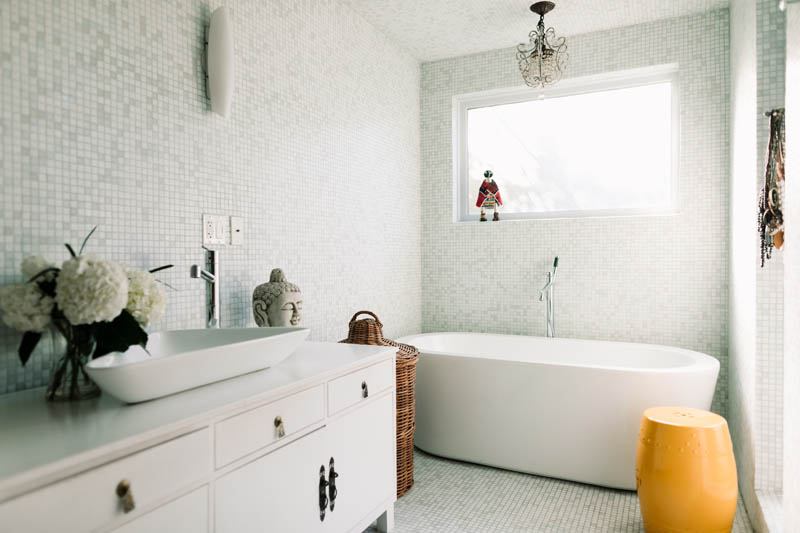

 So, what happened that is causing housing costs to rise so much? A classic problem of supply and demand. “We’re in a really strong part of the recovery,” says Gudell, “and it comes down to not enough homes available to sell right now, but a lot of people demanding housing.”
So, what happened that is causing housing costs to rise so much? A classic problem of supply and demand. “We’re in a really strong part of the recovery,” says Gudell, “and it comes down to not enough homes available to sell right now, but a lot of people demanding housing.”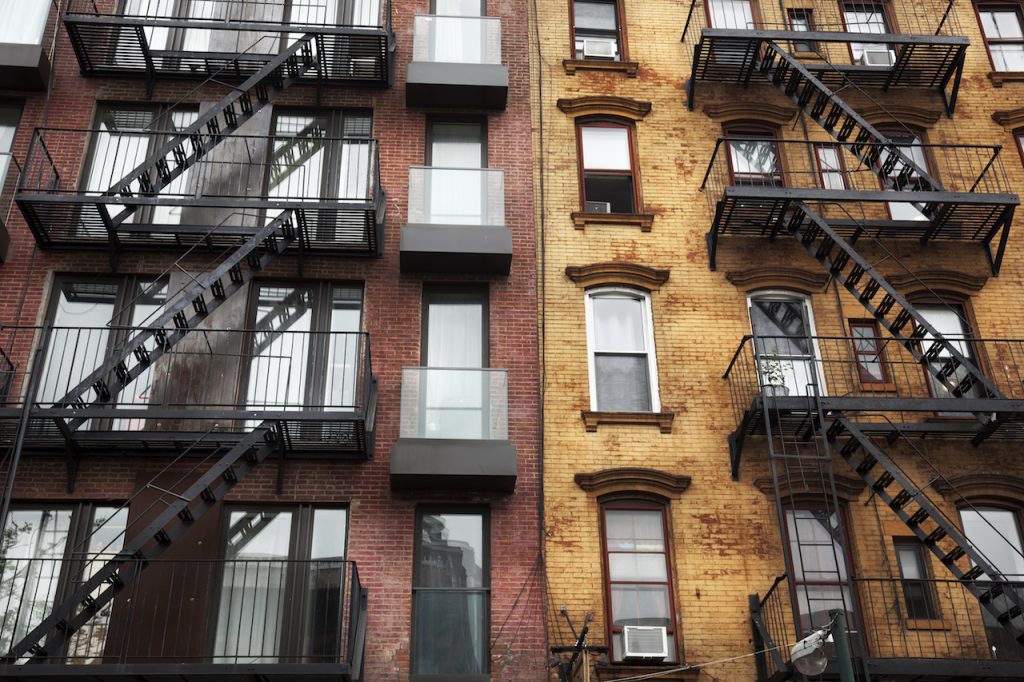 Unfortunately for potential buyers, there are not many choices that you can make in this situation of high demand/short supply. “You can choose to simply rent,” says Gudell, “but you end up missing out on wealth building because you don’t actually invest in equity by paying off a mortgage. Or you have to choose to move further out, where housing gets a bit cheaper, but then you face very long commutes.”
Unfortunately for potential buyers, there are not many choices that you can make in this situation of high demand/short supply. “You can choose to simply rent,” says Gudell, “but you end up missing out on wealth building because you don’t actually invest in equity by paying off a mortgage. Or you have to choose to move further out, where housing gets a bit cheaper, but then you face very long commutes.”